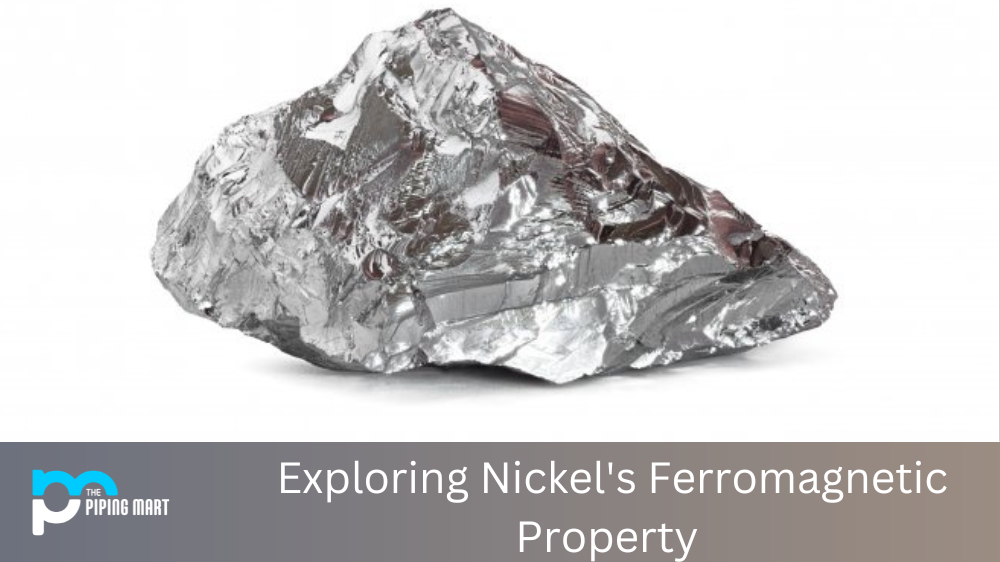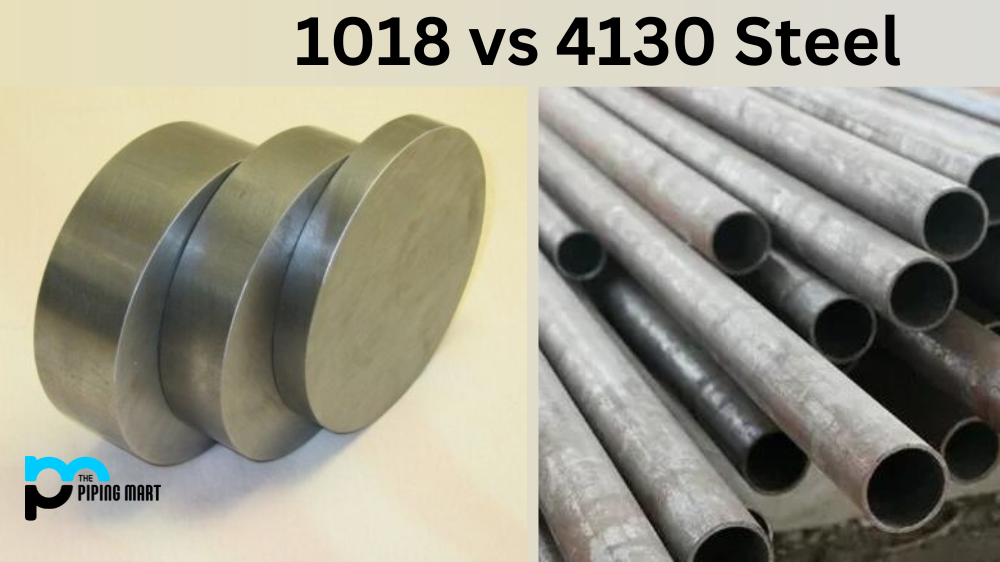When choosing the appropriate alloy for your industry, it can be challenging to decipher the best fit for your unique needs. If you’re searching for an alloy that provides excellent strength, durability, and resistance to corrosion, AMS4125 might be the material you’re looking for. This blog post will investigate AMS 4125’s composition, physical and mechanical properties, hardness, and heat treatment.
What is AMS 4125?
AMS 4125 (also known as 6151 Aluminum Alloy) is a specification developed by the Society of Automotive Engineers (SAE) to define the characteristics of aluminium alloy 2024. This specification is relevant for the aerospace industry, as it sets the standards for using this alloy in aircraft construction. Aluminum alloy 2024 is known for its high strength-to-weight ratio, making it an ideal choice for aircraft structures. With the introduction of AMS4125, manufacturers can ensure that their products meet the required standards for this specific type of alloy, ensuring safety and reliability in the skies. Understanding the significance of AMS 4125 is crucial for anyone involved in the aviation industry, as it guarantees optimal performance and quality in aircraft construction.
AMS 4125 Composition
AMS 4125 is an aluminium alloy comprising a combination of copper, zinc, and magnesium. The main aim of creating this alloy was to increase its strength while maintaining its flexibility. The chemical composition of AMS 4125 is 4.1% to 4.9% copper, 0.5% to 1.0% magnesium, and 0.2% to 0.6% zinc. It also contains trace amounts of silicon, iron, manganese, and titanium.
| Element | Content (%) |
|---|---|
| Aluminium / Aluminum, Al | 98.2 |
| Silicon, Si | 0.90 |
| Magnesium, Mg | 0.60 |
| Chromium, Cr | 0.25 |
AMS 4125 Physical Properties
AMS 4125 has a density of 2.85 g/cm³, which is relatively low compared to other aluminium alloys. It has a melting point of 584°C to 644°C and a thermal conductivity of 209 W/m·K. The thermal expansion coefficient of AMS 4125 is 23.7 x 10^-6 m/m·K.
AMS 4125 Mechanical Properties
Regarding mechanical properties, AMS 4125 has a tensile strength of 380 MPa, which is quite high compared to other aluminium alloys. It has a ductility of 15%, which makes it easy to form and shape. AMS 4125 also has excellent corrosion resistance, making it ideal for marine use.
| Properties | Metric | Imperial |
|---|---|---|
| Elastic modulus | 70-80 GPa | 10152-11603 ksi |
| Poisson’s ratio | 0.33 | 0.33 |
AMS 4125 Uses
AMS 4125 is used in various industries due to its excellent strength and corrosion resistance. It’s commonly used in aerospace applications, including the manufacturing of aircraft wing skins and fuselage panels. Additionally, it’s also used in the construction of boats and other marine applications.
AMS 4125 Hardness
The hardness of AMS 4125 can vary depending on the specific heat treatment used. In its annealed state, it has a hardness of 72 Brinell. However, after heat treatment, it can have a hardness ranging from 100 to 126 Brinell.
AMS 4125 Heat Treatment
AMS 4125 can be heat-treated to further enhance its mechanical properties. It can be solution heat treated at 510°C for 1 to 2 hours, followed by rapid cooling in water. This process makes the alloy stronger but less ductile. Ageing can also be done at 120°C for 16 hours to fully harden the material.
Conclusion:
In conclusion, AMS 4125 material is an aluminium alloy that provides excellent strength, durability, and resistance to corrosion, making it ideal for use in various industries. Its unique chemical composition, physical and mechanical properties, and heat treatment make it versatile for many applications. Whether you’re constructing boats, aircraft wings, or panels, AMS 4125 is a material you can rely on to get the job done.

Pipingmart is a B2B portal that specializes in metal, industrial and piping items. Additionally, we share the latest information and information about materials, products and various types of grades to assist businesses that are involved in this business.




